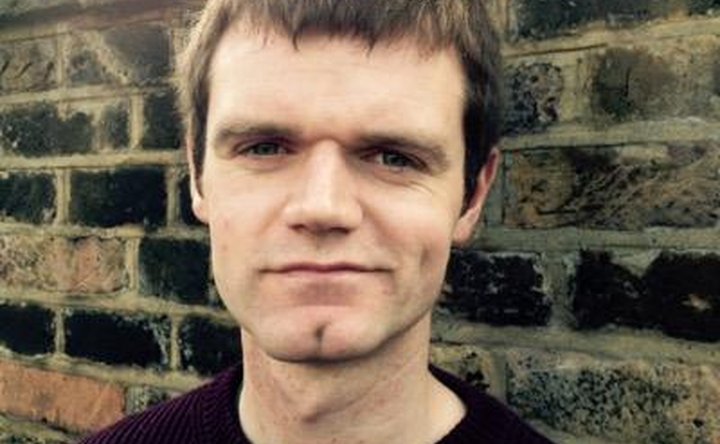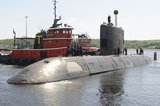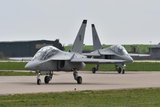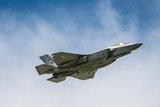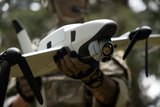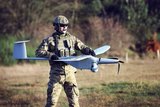Saab makes statement of intent on Tempest
Saab is not ruling out potential involvement in major European future combat jet programmes with the company strongly hinting that it favours the British-led Tempest programme rather than the German-French headed Future Combat Air System (FCAS) platform.
The basis for signalling possible alignment with Tempest is due to healthy discussions with the UK and its Tempest partners, according to Saab CEO Hakan Buskhe, who appeared to distance the manufacturer from FCAS altogether.
‘Any strategy for co-operation needs to build our capabilities going forward not drain them, that’s key,’ he said during an interim report presentation on 15 February.
‘We haven’t
Already have an account? Log in
Want to keep reading this article?
More from Air Warfare
-
![December Drone Digest: Germany, Australia and US champion indigenous UAV production]()
December Drone Digest: Germany, Australia and US champion indigenous UAV production
One of the key trends seen in December has been the rise in indigenous investment within the UAV market, particularly across certain countries, with Germany, Australia and the US focusing on their commitments to sovereign development.
-
![Poland air report: Drones, transport aircraft and tankers dominate potential procurement plans]()
Poland air report: Drones, transport aircraft and tankers dominate potential procurement plans
With a rising defence budget and equipment list, Poland’s air market is set to grow as the country continues to modernise its transport and helicopter fleets while seeking out uncrewed aerial vehicles and loitering munitions.
-
![Portugal signals interest in establishing A-29N final assembly line]()
Portugal signals interest in establishing A-29N final assembly line
As the launch customer for the NATO-configured variant, Portugal also took delivery of the first five A-29N aircraft from its order for 12, placed in 2024.
-
![Podcast: Critical Care episode 5 - Sustaining Europe’s frontline from Heidelberg]()
Podcast: Critical Care episode 5 - Sustaining Europe’s frontline from Heidelberg
As Europe ramps up defence investment in the wake of the Ukraine crisis, the spotlight is turning to how nations sustain their growing fleets.






